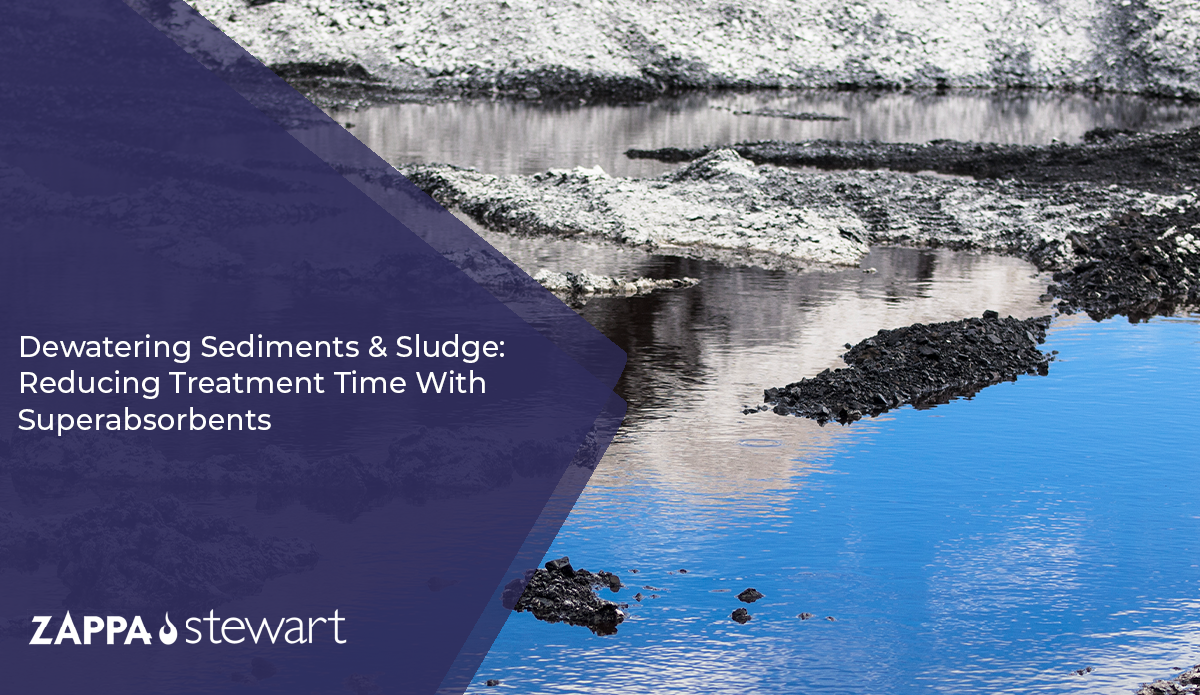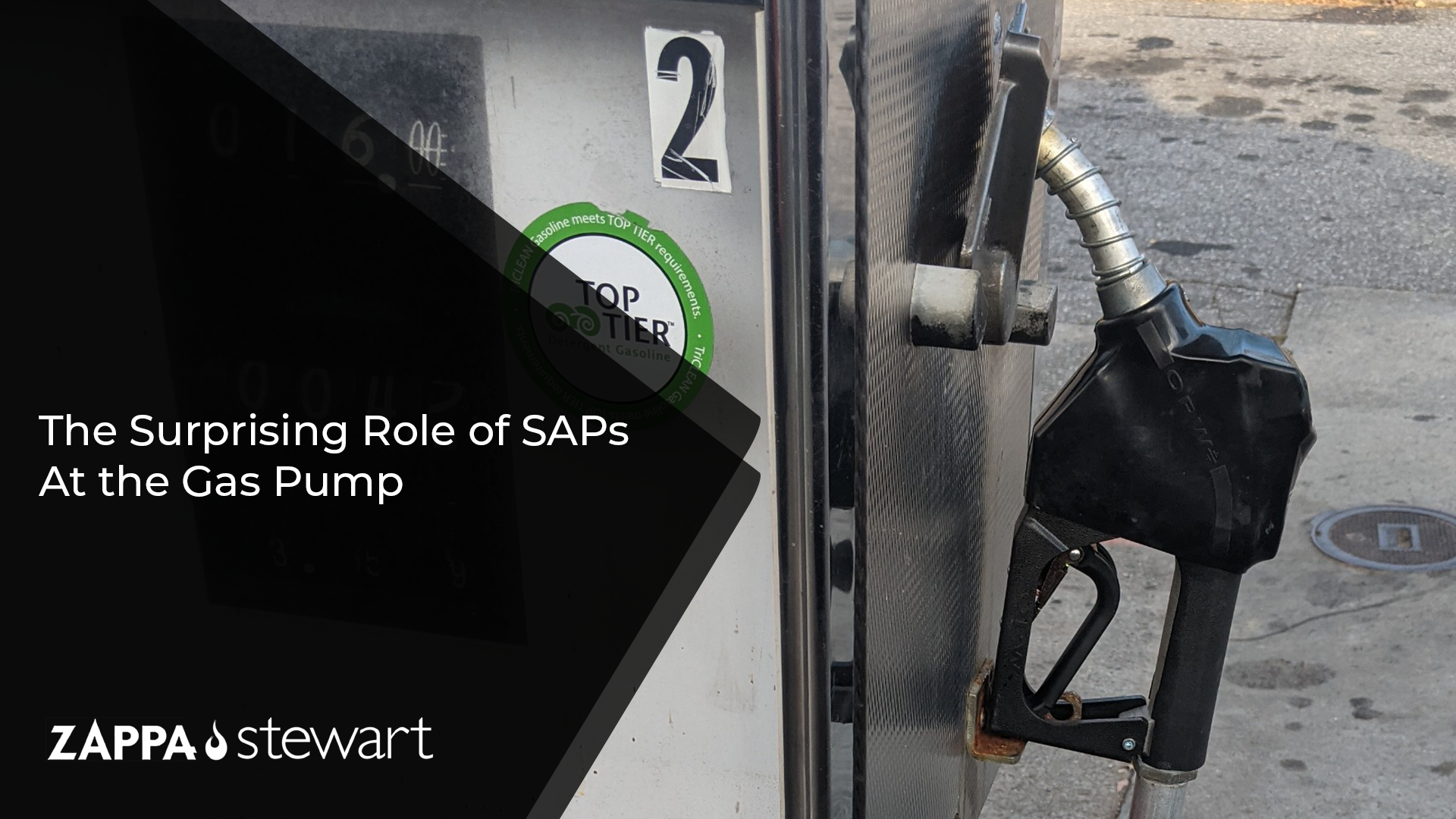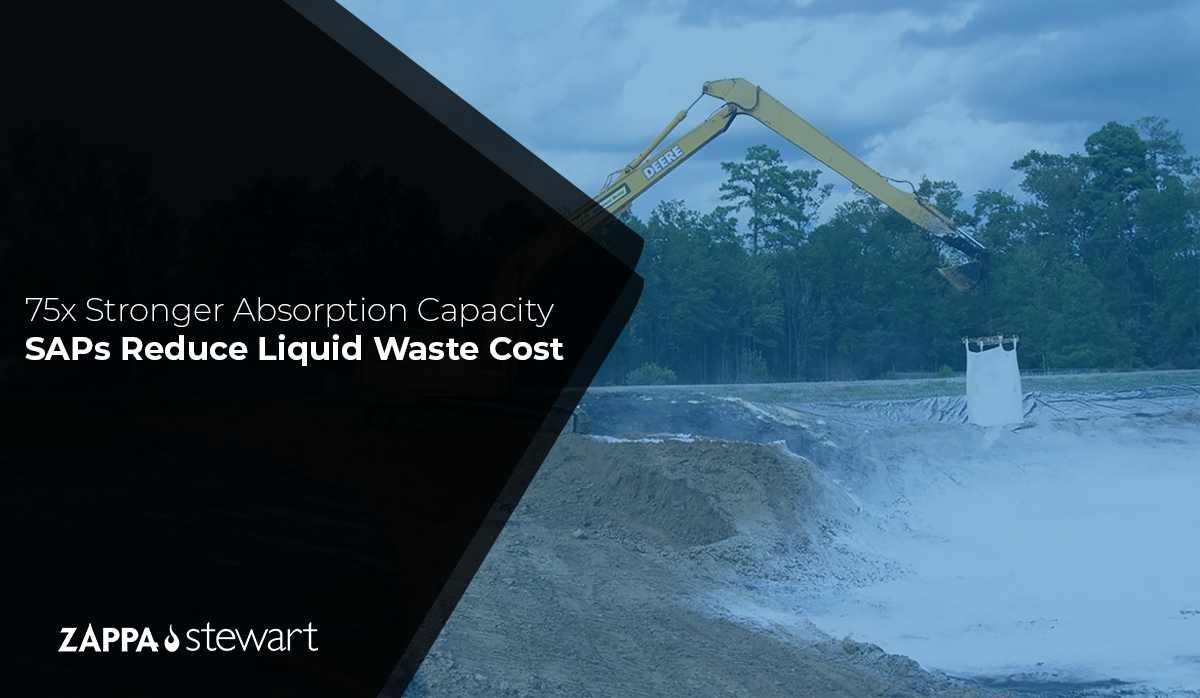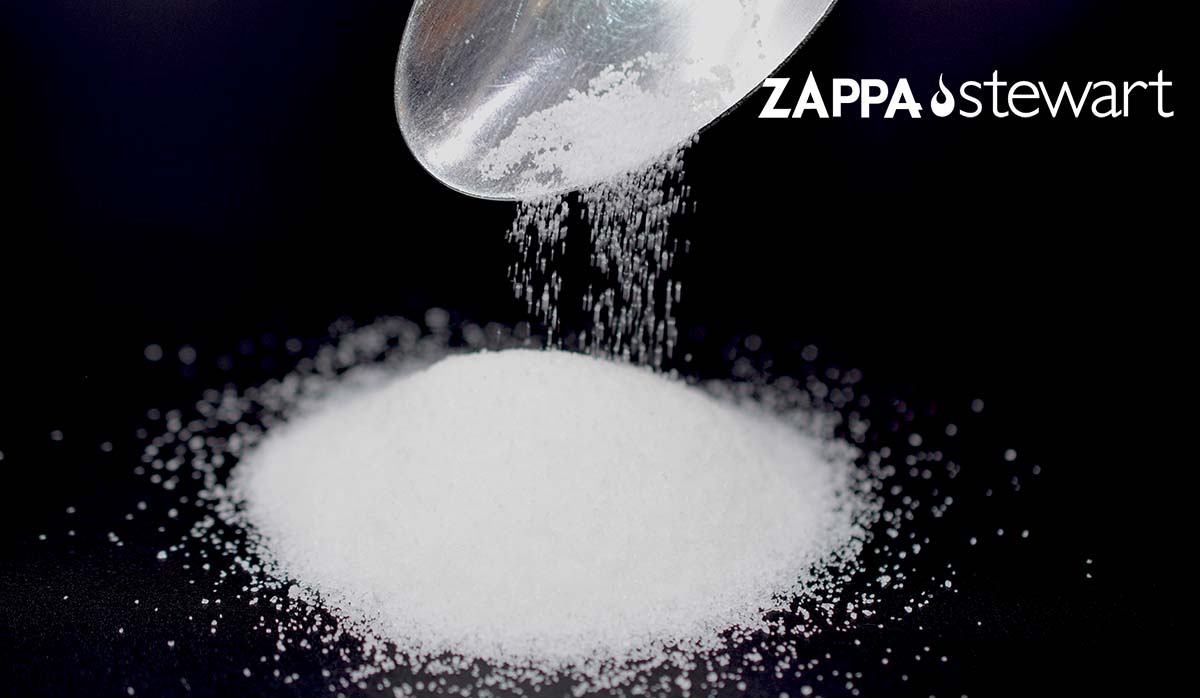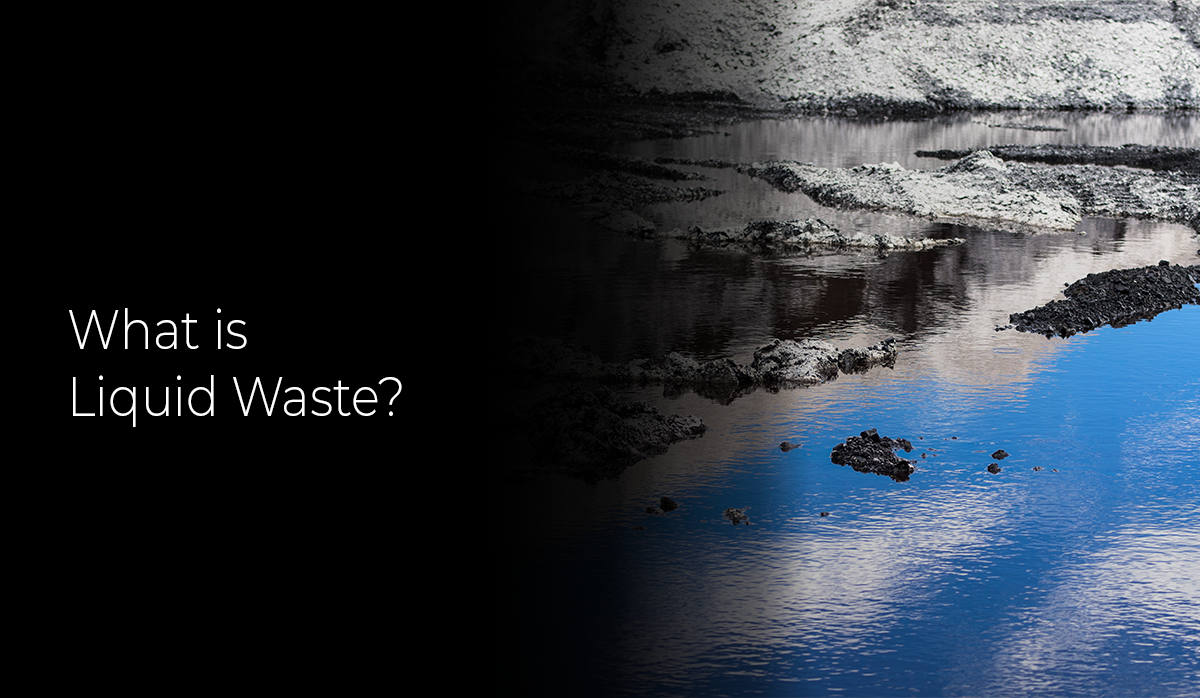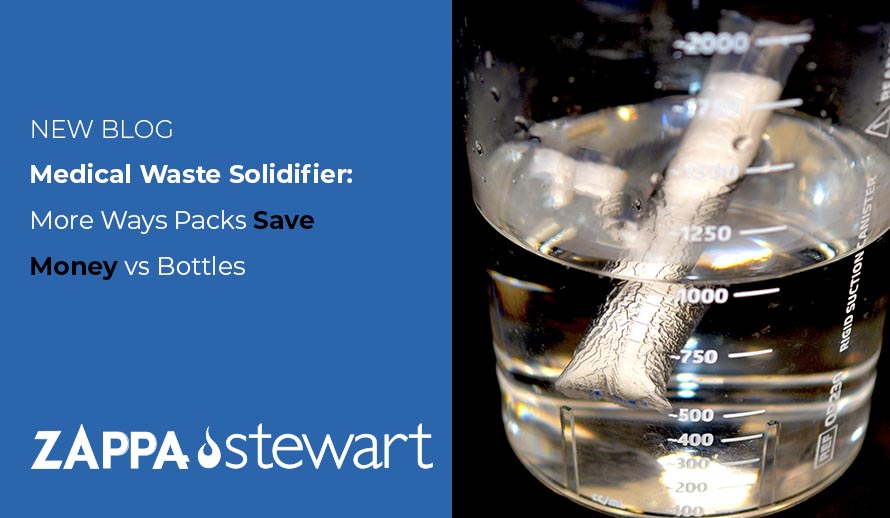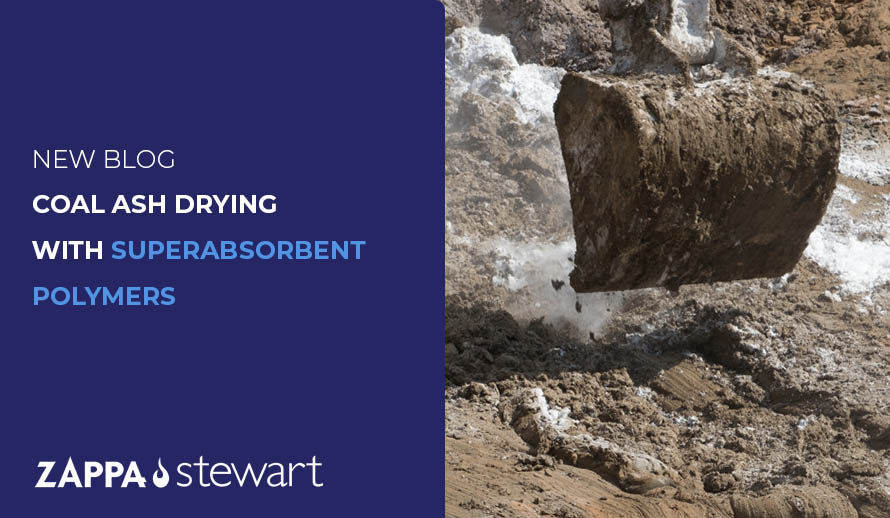One of the key principles of employing superabsorbent polymer (SAP) technology for the solidification of dredged sediments, wastewater treatment sludge, or other liquid-bearing waste materials, is the drastic time savings that can be realized with SAPs when compared to traditional, commodity drying products like sawdust or Portland cement.
In the fast-paced environment of hospitals, every second counts. From emergency rooms to surgical suites, healthcare professionals are constantly seeking innovations that streamline their processes and enhance patient care. One such innovation making waves in the medical industry is the use of Super Absorbent Polymers (SAP) packed in convenient, dissolvable packets.
Topics: Medical Waste Solidification
Clean fuel performs better than dirty fuel. Dirt, dust, and grime can get into your fuel and seriously damage your vehicle’s engine. It's fairly obvious those materials pose a risk, but did you know that water is also considered to be a very dangerous contaminant of fuel?
When water enters a vehicle’s fuel supply, the vehicle will noticeably sputter or stall. This is due to diluted fuel reaching the fuel injectors or carburetors, pumping the vehicle’s engine with a weakened power source.
This is considered to be a "best-case scenario" of water contamination. Did you know that water can do irreparable damage to your vehicle? Even a small amount of water in your fuel tank can ruin the electric fuel pump, clog up the fuel lines, rust the interior of the tank, and cause fuel injector tips to explode.
Topics: SAP Applications
Liquid waste presents several challenges for many industrial processes. Liquids are difficult to transport, liquids contaminate work areas and environmental receptors, and most landfills do not accept liquids. On-site solidification with superabsorbent polymers (SAPs) offers the most rapid, safest, and, in most cases, most cost-efficient method for transforming difficult-to-manage liquid wastes into easily managed solid waste.
Topics: Liquid Waste Management, SAP costs
Solidification of liquid wastes is a widely used waste management method in a variety of industrial sectors. When evaluating different solidification products, absorption capacity is a critical parameter that should be understood before making a selection. Superabsorbent polymers (SAP) feature an absorption capacity that is approximately 75 times greater than traditional absorbents such as sawdust and dried granular corn cobs.
Topics: Superabsorbents, Liquid Waste Management
The physical properties of Coal Combustion Residuals (CCR) present many challenges to utility owners and environmental professionals. The waste material (commonly referred to as Coal Ash) is most often captured and stored in open ponds or impoundments, which allow for unrestricted stormwater infiltration, resulting in saturated CCR.
Topics: SAP, CCR Stabilization
Every day our team receives many questions from current customers and interested future users of superabsorbent polymers (SAP) around the world.
We have provided answers to some of the most popular questions, below.
Topics: Super Absorbent Polymers, superabsorbent polymers, SAP Applications, Sodium polyacrylate superabsorbent polymers, SAP costs, FAQ
One of the core applications for superabsorbent polymers (SAPs) is liquid waste solidification. SAPs are utilized by waste management professionals to prevent potentially harmful fluids from entering waterways, groundwater aquifers, and other sensitive environments.
Topics: Waste Solidification, SAP, Liquid Waste Management
We’ve spoken previously about the performance and time savings benefits of the dissolvable film packaging for medical waste solidifiers. However, there are additional benefits to these packs; notably surrounding the storage and shipping aspects when compared to traditional bottle products.
Topics: Medical Waste Solidification, superabsorbent polymers, SAP costs, Medical Devices, SAP for Medical Applications
A Step-by-Step Guide for Minimizing Reagent Quantities and Treatment Costs
Superabsorbent polymers (SAPs) are the most efficient available technology for eliminating free liquid and stabilizing saturated coal ash. However, without the proper planning steps, SAPs can be severely over-applied which often leads to unexpected treatment costs and/or underperformance.
The following steps are critical for the successful stabilization of coal ash with superabsorbent polymers:
Topics: SAP, Environmental Remediation, superabsorbent polymers, SAP Applications, Wastewater Treatment Sludge, SAP costs, Coal Ash


